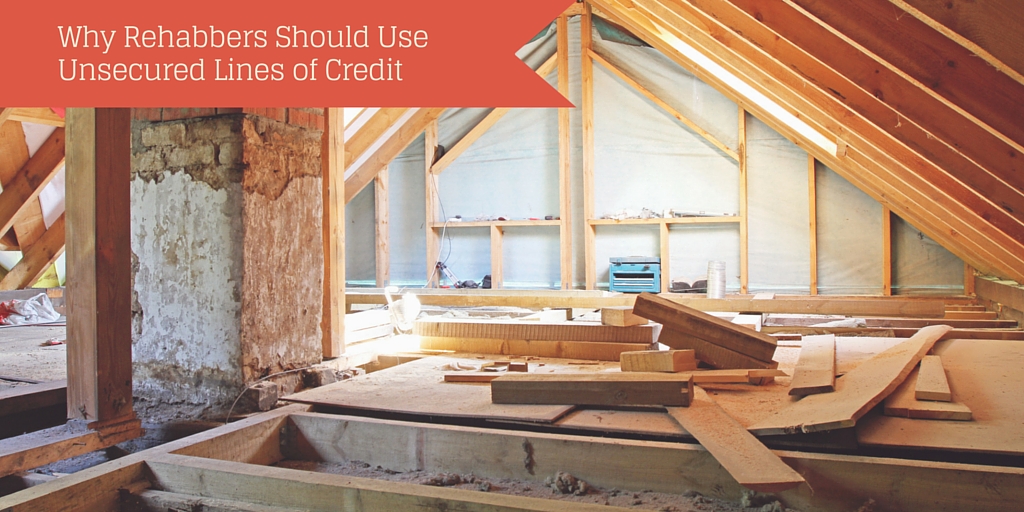In the world of commercial real estate, it is tough to accomplish major renovation and rehab projects without seeking extra working capital. Some investors turn to short-term loans, which can be very detrimental. Other investors turn to unsecured lines of credit, because of the built-in advantages they have over conventional loans.
Zero debt
When taking out a conventional bank loan for rehab projects, commercial real estate investors take on debt which stays on the balance sheet well after the rehab project is completed. With unsecured lines of credit, there is no debt on the balance sheet, as the money used is treated as a regular business expense, like buying office supplies or paying for a business lunch.
Spend as you need
Bank loans used for rehab projects require getting money in one lump sum, which may or may not cover the cost of the entire project. An unsecured line of credit allows commercial real estate investors to use money as they need it, so there is never an overage that needs to be paid down (plus fees and interest) like there is with a short-term bank loan.
Rewards and discounts
One of the major incentives to use unsecured lines of credit over bank loans is that most lines of credit have reward programs, or they offer discounts with partnered businesses. This means that is you use unsecured lines of credit to buy supplies, there is a good chance there will be a cash back reward, or even a discount at the places you shop.
Build your credit score
When making purchases with unsecured lines of credit, you will be improving your credit rating -especially if you pay off those credit bills well in advance of their due dates. By contrast, a short-term loan is debt, which can cause credit ratings to plummet, and further inhibit the chances of getting financing in the near future.
Less strain on cash flow
Bank loans require that real estate investors devote a good portion of revenue toward making sizable monthly payments in order to keep from defaulting on the loan and incurring even larger fees. Unsecured lines of credit offer a bit more flexibility and and interest rates are usually lower than bank loan payments.
No penalties for overpaying
It almost makes no sense to people not steeped in the banking industry, but there are penalty fees attached to loans when real estate investors pay off the total amount ahead of schedule. This is because the bank makes money on the rigidly scheduled payments, plus the interest. Unsecured lines of credit encourage people to pay off the amount due ahead of time, by boosting the business credit rating. Similarly, unsecured lines of credit do not penalize businesses for only paying the minimum amount due.
As mentioned earlier, bank loans come in one lump sum, full of fees and interest rates. If you pay down a certain amount after a rehab project, you cannot re-borrow the difference. Likewise, you cannot return unused loan funds to a bank if they are left unused after real estate rehabilitation. After paying down the amounts used on unsecured lines of credit, those funds are made available again. This ability to replenish credit is what makes unsecured lines of credit extremely attractive to commercial real estate rehabbers – especially when they have multiple projects lined up.

